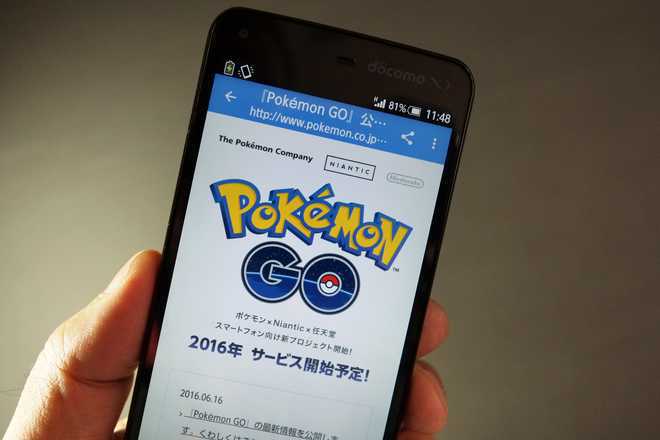New York
Playing the augmented reality smartphone game Pokemon Go may help students build stronger communication skills in classrooms, a new study claims.
Researchers from Iowa State University in the US focused on giving students equitable access to technology and help them build multimodal communication skills.
That meant not only using technology to consume information or replace traditional classroom tools, but experimenting with new forms of communication.
Engaging students through Pokemon Go, a game many are already playing outside the classroom, also generates interest and connects students to their work, according the researchers.
“It is important to give students authentic choices that really have meaning in their lives. We need to encourage them to develop questions, research the answers and then share that information in writing,” they said.
Pokemon Go, like many video games, provides players with limited information or what researchers describe as “just in time learning.” As a result, players have questions about how to use certain tools or advance to the next level.
While playing the game with her own children, assistant professor Emily Howell from Iowa State University saw that it could help students with writing and research.
Pokemon Go incorporates different modes of communication — gestures, visuals and directions — which makes it a good fit for the classroom, she said.
Players see the character on their phone, the character is integrated into a map and the player controls catching the character.
Pokemon Go illustrates the need to understand multimodal text, which reflects how we communicate with others, she said.
“We do not just send a text or email, we have a live chat or video conferences. Anytime teachers can find something that students are already doing, and comes in multimodal form, they can harness that interest and teach students about the tool’s potential,” Howell said.
“It is not just giving students the technology and letting them play, it is really guiding that interaction so they can express meaning,” Howell said.
The study was published in the journal The Reading Teacher.
Breaking News
 Driving Naari Programme launched in Chandigarh
Driving Naari Programme launched in Chandigarh Punjab farmers reaping benefits of Mann Government’s crop diversification initiatives
Punjab farmers reaping benefits of Mann Government’s crop diversification initiatives Punjab and Kerala Join Hands to Address NRI Concerns
Punjab and Kerala Join Hands to Address NRI Concerns Macron refuses French Prime Minister’s resignation after chaotic election results
Macron refuses French Prime Minister’s resignation after chaotic election results Modi lands in Russia for first visit since Ukraine offensive
Modi lands in Russia for first visit since Ukraine offensive Saudi Arabia approves granting citizenship to global experts under Vision 2030
Saudi Arabia approves granting citizenship to global experts under Vision 2030 Vigilance arrests Panchayat Secretary, former Sarpanch for embezzlement in Panchayat funds
Vigilance arrests Panchayat Secretary, former Sarpanch for embezzlement in Panchayat funds Housing crisis in Canada forcing residents to move out of pricier cities: Poll
Housing crisis in Canada forcing residents to move out of pricier cities: Poll Historic Milestone: Canada Appoints Its First Female Chief of Defense
Historic Milestone: Canada Appoints Its First Female Chief of Defense Victory parade of T20 World Cup-winning Indian cricket team concludes in Mumbai
Victory parade of T20 World Cup-winning Indian cricket team concludes in Mumbai Maximizing impact of Aadhar in Punjab
Maximizing impact of Aadhar in Punjab Amritpal Singh to take oath as Khadoor Sahib MP on July 5
Amritpal Singh to take oath as Khadoor Sahib MP on July 5




































